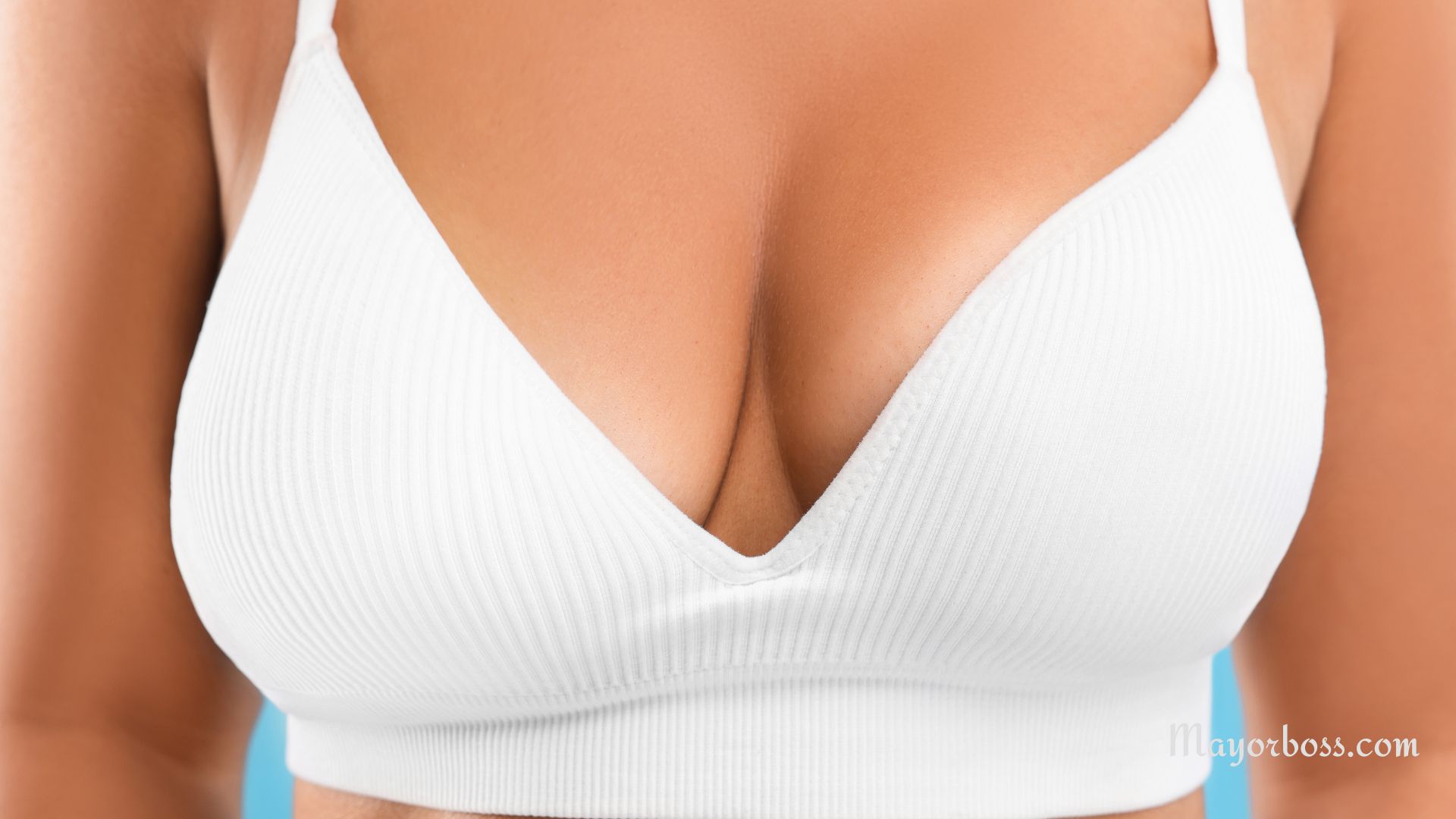Why Are My Breasts Different Sizes?
Have you ever stood in front of the mirror and noticed that your breasts aren’t quite the same size? You’re not alone. Breast asymmetry, where one breast is a different size or shape than the other, is common and normal among women. In fact, it’s so common that it can be considered a part of perfectly normal breast development. But what causes this asymmetry or uneven breasts?

Common Reasons for Breast Asymmetry
Puberty
During puberty, your body undergoes numerous hormonal changes. Estrogen and progesterone, the primary female sex hormones, play a key role in breast development. These hormones can affect each breast differently, leading to variations in size and shape. It’s not unusual for one breast to start growing before the other or for one to respond more to these hormonal changes.
Menstrual Cycle
Your breasts can change throughout your menstrual cycle due to hormonal fluctuations. Some women notice that their breasts appear slightly uneven at different times of the month. This is usually nothing to worry about, as the size difference often becomes less noticeable after menstruation.
Genetics
Just like the shape of your nose or the color of your eyes, breast size can be influenced by genetics. If women in your family have asymmetrical breasts, there’s a higher chance you might, too. Genetics can determine the amount of breast tissue, fat distribution, and even the shape of your breasts.
Weight Changes
Breasts are somewhat made up of fatty tissue, so changes in your weight can affect breast size. It’s possible for weight gain or loss to impact one breast more than the other, leading to asymmetry. This is because each breast can have a different proportion of glandular to fatty tissue, which responds differently to body weight changes.
Breastfeeding
If you’ve had children and breastfed, you might notice changes in your breasts’ symmetry. Breastfeeding can actually alter the size and shape of your breasts, and these changes may not always be symmetrical.
Aging
As you age, changes in skin elasticity and breast tissue can lead to differences in breast size and shape. It’s natural for these changes to occur unevenly.
Underlying Health Conditions
While most cases of breast asymmetry are harmless, sometimes, it can signal an underlying health condition. Conditions like scoliosis, which causes a curvature of the spine, can make your breasts appear uneven. In rare cases, extreme asymmetry might indicate a breast health issue, so it’s always wise to consult a healthcare professional if you notice significant changes.
Frequently Asked Questions
Is it normal to have one breast significantly larger than the other?
Yes, it’s normal for there to be some difference in size between your breasts. Most women have some degree of asymmetry in their breasts. However, if the difference is significant or has developed suddenly, it’s a good idea to consult with a healthcare provider to rule out any underlying conditions.
Can exercises or certain foods balance out uneven breasts?
There’s a common misconception that exercises or eating certain foods can even out breast sizes. Unfortunately, this isn’t true. Breast tissue is primarily made of fat and glandular tissue, not muscle, so exercises won’t change their size. Similarly, while maintaining a balanced diet is good for overall health, it won’t specifically target breast symmetry.
Should I be worried about breast cancer if my breasts are different sizes?
Breast asymmetry is usually a normal variation and is not typically associated with breast cancer. However, if you notice a sudden change in size, shape, or appearance of one breast, or if you experience other symptoms like discharge, lumps, or dimpling of the skin, it’s important to see a healthcare professional for an evaluation.
Embracing Your Uniqueness
Breast asymmetry is a part of being human and is more common than most people realize. While society often promotes an ideal of perfect symmetry, the reality is that natural bodies come in all different shapes and sizes. Embracing and accepting your body, asymmetry and all, is a key part of self-love and body positivity. Keep in mind that your worth is not measured by the symmetry of your breasts but by the unique individual you are.






